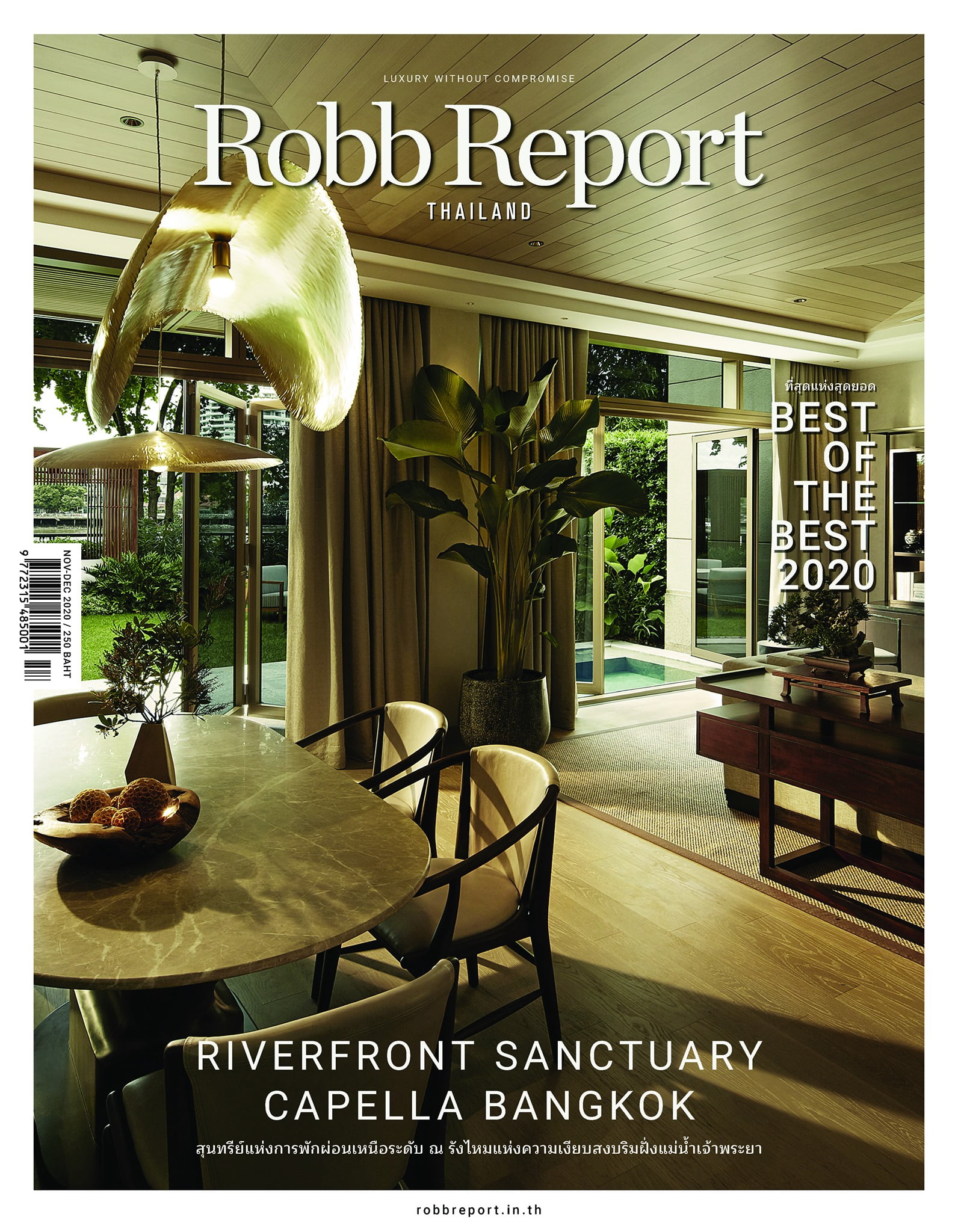- No products in the basket.
Vacheron Constantin unveils the final six locations of its Overseas Tour with Steve McCurry
To fully illustrate the spirit of travel embodied its Overseas collection, Vacheron Constantin collaborated with Steve McCurry to produce a series of photographs taken across 12 locations in the world. The overarching requirement was that each of the sites had to reflect values that chimed with those of Vacheron Constantin including reflecting creativity and respecting traditions. Its first instalment of the Overseas Tour saw us trailing McCurry across four continents to India, China and Japan, Switzerland, USA and Mexico.
The maison has revealed the second and final installment of its series with six more destinations. Just like its first release, each image presents an unusual dimension that subtly encourages the viewer to adopt a different perspective on the world.
1. Astronomical Observatory
Paris
Built in 1667 and completed four years later, the Paris Observatory makes its mark for being the country’s national astronomical observatory, witnessing the birth of new sciences such as geodesy and meteorology, and being the oldest operating observatory in the world. While visitors may wish to pay a visit, the facility remains closed to the public. Set in a lush green environment in the heart of Paris, its historical dome houses an astronomical telescope pointing towards the sky and drawing the visitor’s gaze towards infinite expanses where time and space meet.
Steve McCurry: “This was my first time entering the dome of an observatory. It was fascinating to have the opportunity to visit a place made possible by human curiosity and ingenuity. The Paris Observatory was technologically revolutionary for its time, and is still one of the largest astronomical centers of the world. The Overseas Tour itself is driven by the same curiosity about the world that is at the heart of this location.”
2. Red Square from the GUM roof
Moscow
Overlooking one of the world’s most famous squares, the GUM roof represents a technical and architectural feat. Built in 1893, its glass dome with monumental iron arches spans almost 2.5 hectares. Visitors who get to the very top of its majestic vaults get to appreciate of a unique perspective of the Red Square that looks like it’s touching the bulb-shaped towers of Saint Basil’s Cathedral.
Steve McCurry: “Managing to shoot the Red Square from a new vantage point was made possible by the exceptional access granted to the GUM roof. The square topped by colourful steeples thus revealed itself in a truly unique way. Once night fell, this perspective took on a whole new and even more magical dimension when the GUM glass roof was lit up."
3. Crawick Multiverse
Scotland
The Crawick Multiverse site is a gem nestling in the hills at the heart of the Dumfries region. Charles Jencks, American visionary architect and landscape artist has transformed a former open cast coal mine into a landscape art design. The ecology of the site, along with monoliths found on location inspired its construction based on space, astronomy and cosmology. The project invites viewers to journey from the centre of the earth to furthermost galaxies, bringing the universes together through a unique and far-reaching perspective.
Steve McCurry: “I was previously unaware of this location, and pleasantly surprised by its ancient mystique despite being a new installation. These man-made formations typify Scotland’s great history of similar formations whose purpose are still unknown to us today. There is a cosmic feeling evoked by these structures.”
4. Chefchaouen
Morocco
For almost a hundred years, inhabitants of this small town in northwest Morocco have been covering its buildings in striking blue hues. Whatever the explanation behind this tradition, it is perpetuated because locals themselves find it beautiful, and use it as one of the pillars that form their identity as a collective.
Steve McCurry: “I have visited a similar blue location in India. There is a poetic story likening this blue city to the skies or heaven. Viewing the town at night from further away provides a magical vantage point where the warm-hued lights give a nice contrast to the blue-painted city.”
5. Samarkand
Uzbekistan
Samarkand lies at a strategic geographical and cultural crossroad on the Silk Route and is one of the most ancient inhabited cities of Central Asia. It was successively Greek, Persian, Turkish, Mongolian and Iranian, during the heyday of each of these civilisations. The mausoleums and other buildings of its necropolis are truly magnificent, graced with splendid ceramic decorations, ornate domes and all the magic of Middle Eastern art that has found its way through the ages to dazzle modern-day travellers.
Steve McCurry:
“Having been there 10 years ago, I was familiar with the location. However, the timeless architecture still holds just as striking and iconic as it did when it was built 500 years ago. The ornate designs and wondrous colors are a marvel to behold.”
6. Lalibela
Ethiopia
Carved out of rock at the top of a hill in the 13th century, Lalibela was built as a ‘new Jerusalem’. Its 11 buildings are each carved out of a single block of granite, and symbolise earthly and heavenly Jerusalem. There’s even a trench to represent the River Jordan. Simple, monolithic and free of ornaments or statues, this rock-hewn site featuring a roof top at ground level invites travellers to enter a world of utter simplicity and humility.
Steve McCurry: “Lalibela has a great history, and is distinguishable by its churches which are cut out of solid stone from the top down. It’s a unique structure not unlike the pyramids or medieval cathedrals. Though built 700 years ago, this location continues to be a point of pilgrimage today.”














